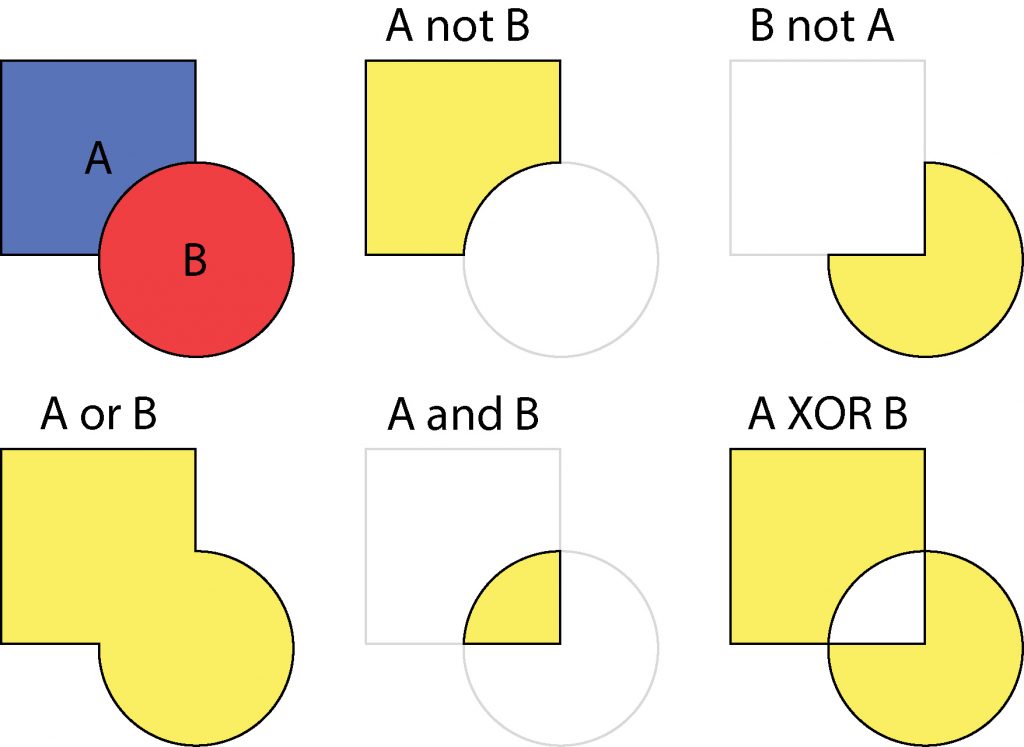A mask, that replicates the CAD device layout, is necessary to expose a wafer with a mask-aligner or the DUV stepper. The mask is made of a transparent substrate, coated with an opaque metal layer. During exposure, the light is absorbed in the opaque area, while the clear areas allow light to pass through.
In CMi, we work with :
- Substrate :
- Soda-lime glass : broadband, i-line, h-line, g-line (UV light) exposure
- Quartz glass : DUV exposure
- Metal layer :
- Low Reflective Chromium (LRC)
- Plate dimensions :
- 5″ x 5″ square, to expose 4″ wafers on mask-aligners
- 7″ x 7″ square, to expose 6″ wafers on mask-aligners
- 6″ x 6″ square, to expose 4″ and 6″ wafers in the DUV Stepper
In CMi, mask fabrication is a standard process. The pattern transfer from the CAD layout to the mask is performed with the combination of two equipment: 1) a laser writer (VPG200), and 2) a mask development/etching platform (Hamatech HMR900).
CMi Ordering interface
- Chrome Blank 5” or 7” :
- Soda-lime glass
- Thickness : 2.3mm
- LRC
- coated with 530nm of AZ1512HS
- Quartz Chrome Blank 5” or 6” :
- Quartz glass
- Thickness : 5” – 2.3mm / 6” – 6,35mm
- LRC
- coated with 530nm of AZ1512HS
Fabrication

1. Exposure
Equipment :
When preparing the CAD layout conversion for mask fabrication, it is important to remember to :
- Make sure to select an equipment/printing mode resolution matched to the minimum required CD on the layout.
- Confirm the mask tone/polarity, i. e. which area shoud be exposed in the VPG200 and cleared from resist/chromium in the Hamatech. Invert the polarity if necessary in the conversion tool.
- Y-axis mirroring: Since the mask is fabricated with chromium facing UP but used to expose with the chromium facing DOWN, the image should be mirrored during conversion.
- For DUV Stepper reticle fabrication, please contact the staff for more information (design restriction, mandatory alignement marks, etc..)
All laser writter at CMi allows boolean operation with the layers. Below is illustrated the main possibilities.

2. Development + Etching + Stripping
Equipment :
- Hamatech HMR900 (Z6), program N°1 (4″ and 5″ plates) or N°11 (6″ and 7″ plates)
Make sure to purge all chemical lines before processing your plate by using program N°8.
Inspection :
- Chrome blank 5” and 7”, Quartz Chrome blank 5”
- Optical microscope
- SEM
- Quartz Chrome blank 6” (Stepper reticle)
- It is forbidden to do any king of inspection on a reticle that will go in the stepper !!!
- For inspection, expose the same design on a dummy Chrome blank 5″ or 7″.